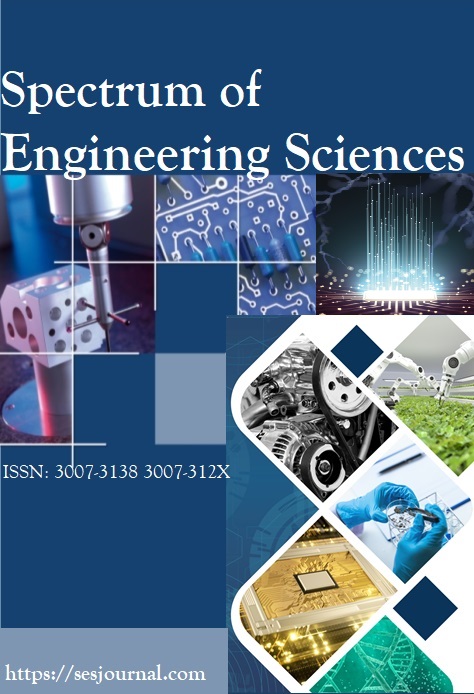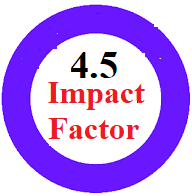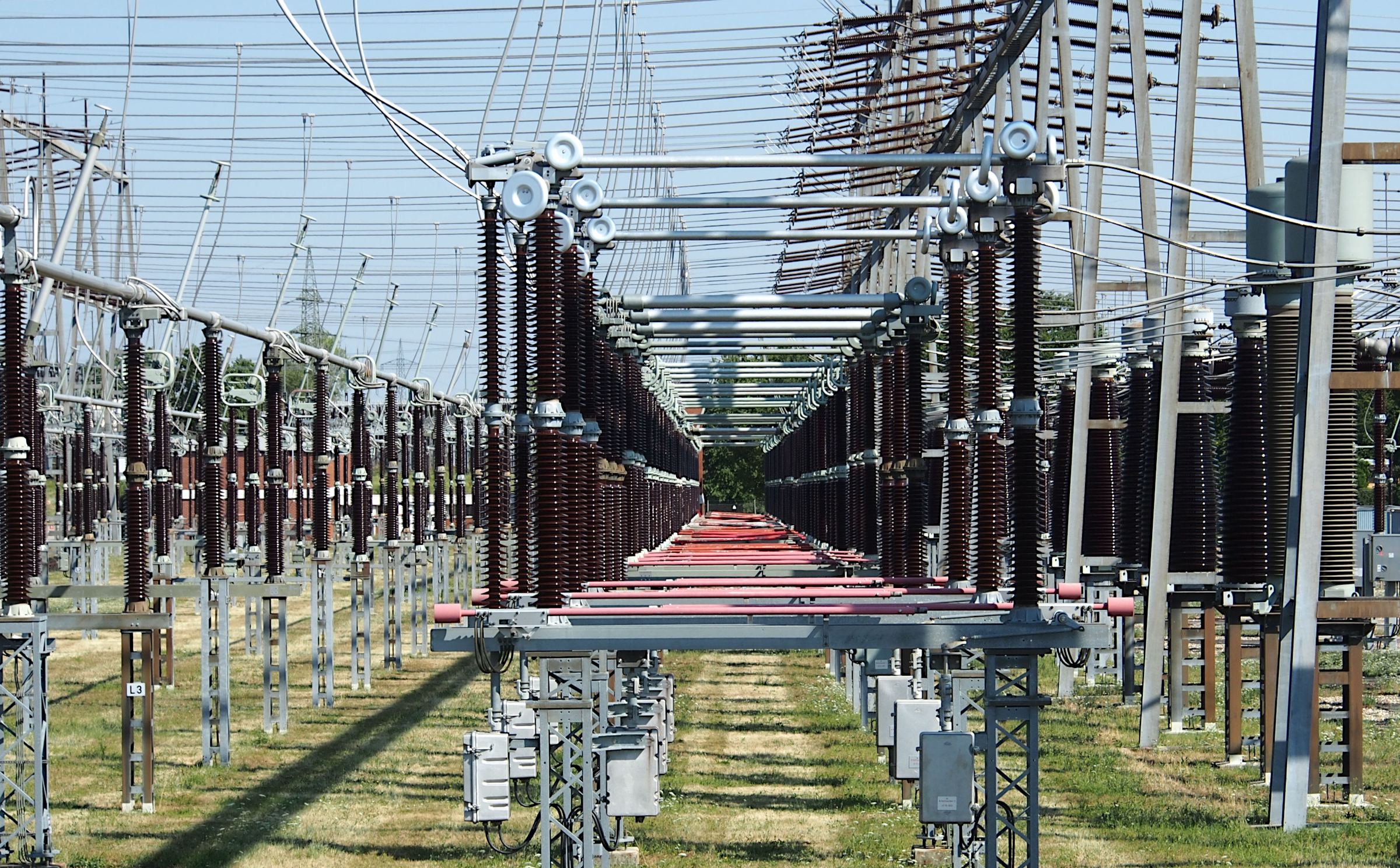PREDICTING OPTIMAL LINKS IN COMPLEX HUMAN NETWORKS USING STRUCTURAL PATTERN ANALYSIS
Keywords:
Link Prediction, Social Networking, Complex NetworkAbstract
In human complex networks, link prediction aims to predict when missing, deleted, or future linkages may arise. In this work, we use link prediction methods on five different human interaction networks to find the best prediction method for human complex networks. The techniques utilized are based on similarity-based strategies and are mainly concerned with evaluating each network's similarity scores. Eight algorithms were carefully selected and modified for use in networks relating to humans since they have shown encouraging results in other complicated network contexts. To evaluate the predictive power of the applied techniques, our simulation centers on forecasting links that have been eliminated from the network. The datasets are converted into adjacency matrices and then divided into training and probing sets as part of the technique. The chosen methods are used to calculate similarity scores during a training phase that is followed by rigorous testing. Accuracy metrics are then computed for every dataset. This method makes it easier to do a thorough comparison analysis, which makes it possible to determine which prediction method works best. The author used five different datasets to evaluate the performance of eight different methods. The AUC was the evaluation metric that was employed. According to the findings, the Resource Allocation Index (RAI) performed the best on big and complicated datasets out of all the algorithms.
















